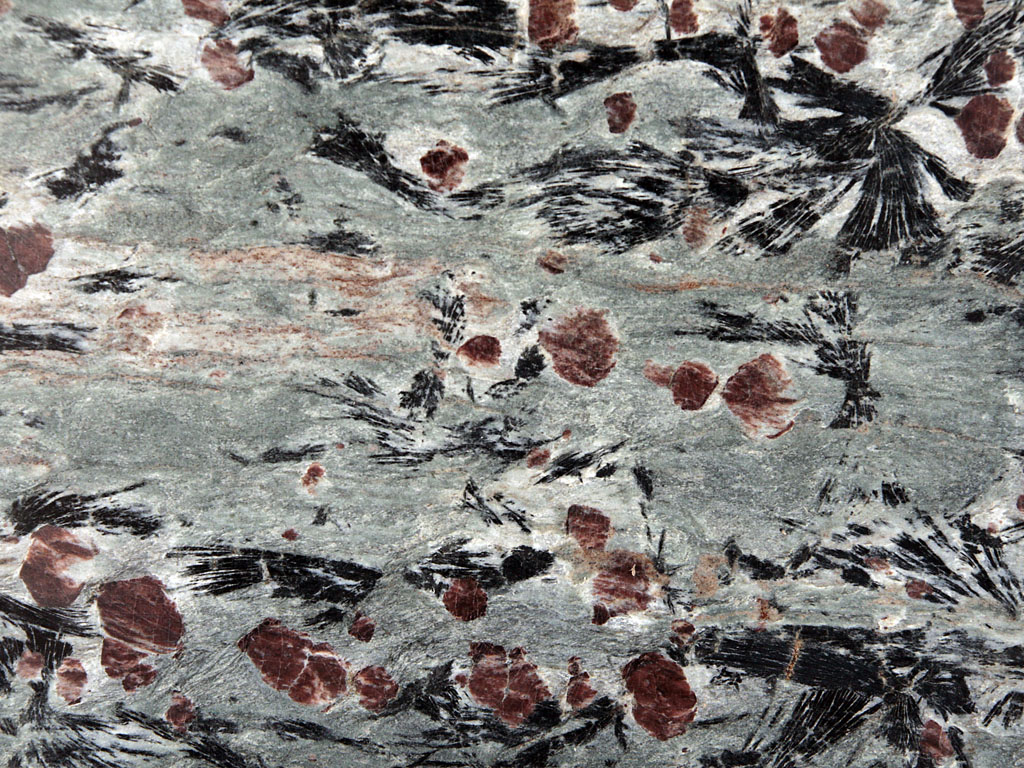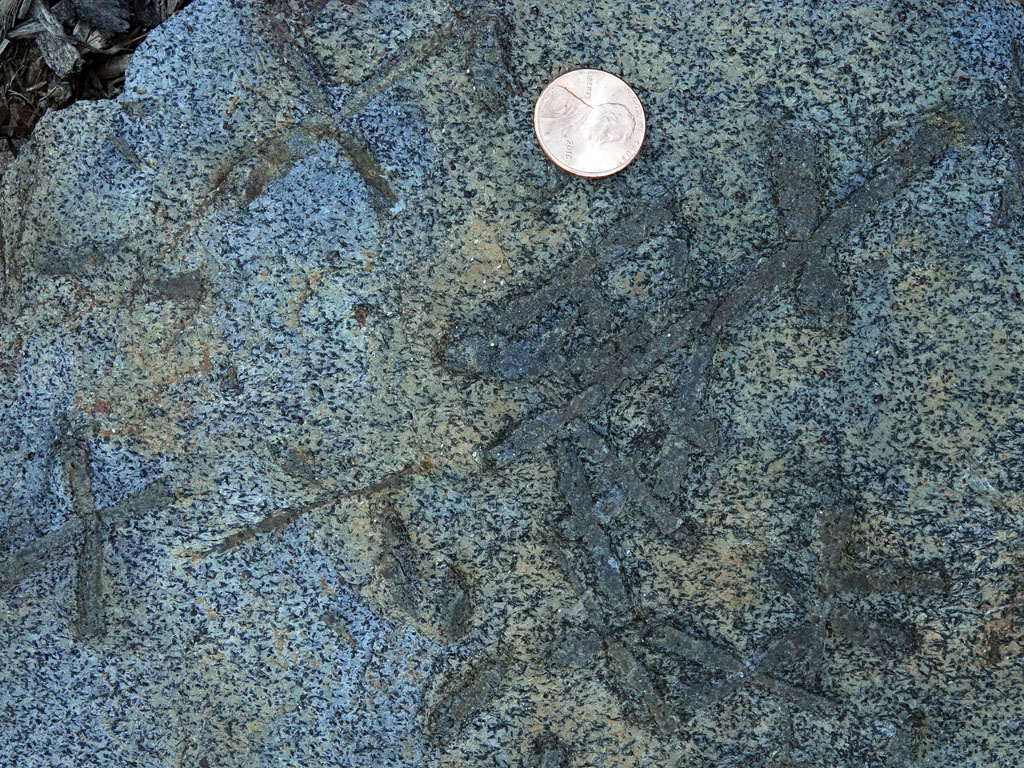6.1 Introduction
Signatures of metamorphic conditions such as index minerals, metamorphic zones, and metamorphic facies provide qualitative information about the temperatures and pressures of metamorphism. However, petrologists have found ways to be more quantitative.
In the chapters on mineralogical changes, mineral assemblages, and chemical reactions, reasons are given to believe that the mineral assemblages of metamorphic rocks approach chemical equilibrium. Therefore, petrologists use equilibrium experiments in the laboratory to determine or constrain the conditions of metamorphism that are required to produce observed metamorphic mineral assemblages at equilibrium.
This chapter discusses ways to determine a temperature (geothermometry) or pressure (geobarometry) recorded in the minerals of a metamorphic rock. Methods considered include the use of reactions involving one-component minerals or end members of solid solution minerals, the use of reactions that depend on mineral composition, and the use of physical properties of mineral features (e.g. inclusions).
Also considered are questions concerning the meaning of the conditions determined by thermobarmeters. Metasedimentary and metavolcanic rocks originate at the earth's surface, are buried and heated to metamorphic conditions, and may eventually be returned to the earth's surface by uplift and erosion. These and other metamorphic rocks are subjected to a range of physical conditions as they are heated and cooled, perhaps more than once. Are there ways to determine the pressure-temperature path that a particular rock followed? Which of the many temperatures and pressures experienced by a metamorphic rock are recovered by geothermometry and geobarometry? What are the factors that determine whether equilibrium will be attained? And on what scale?

Figure 6.01. Garnet-Hornblende Schist. Cut and polished surface of Ordovician Hawley Formation, Hawley, MA, USA. Click on the image to see a larger version with more information.

Figure 6.02. Staurolite Pseudomorph Schist. Pseudomorphs of twinned staurolite porphyroblasts visible on a weathered surface in this sample of the Perry Mountain Formation, NW Maine, USA. Click on the image to see a larger version with more information.